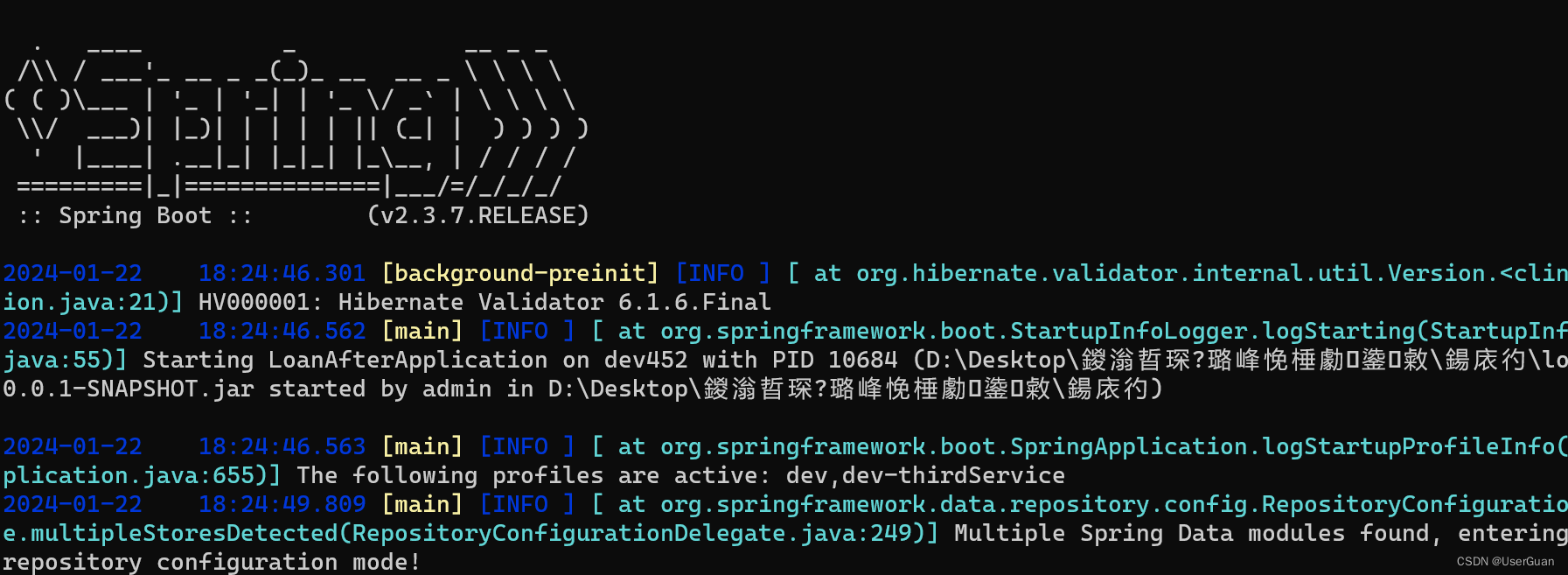本文介绍: 定义一个函数 handleEncoding(original_file,newfile)对每个文件尝试多种编码,包括 utf-8、gbk、gb2312、gb18030、cp936。按照确定的encoding读取文件内容,并另存为utf-8编码。调用 handleEncoding()函数。生成一系列空 Excel 备用。
import os
import csv
# 指定目录
dir_path = "/Users/shibo/20230413/备份20230413/mooc/分类算法/5.XGBoost 分类算法电商购买意愿"
# 文件名列表
oldfile_names=[]
newfile_names=[]
file_Names = ['data_用户表','data_2月用户行为数据','data_3月用户行为数据','data_4月用户行为数据']
for i in file_Names:
oldfile_name = i + ".csv"
oldfile_names.append(oldfile_name)
newfile_name = i + "_new.csv"
newfile_names.append(newfile_name)
# 遍历文件名列表,创建空的CSV文件
for file_name in newfile_names:
# 拼接出文件的完整路径
file_path = os.path.join(dir_path, file_name)
# 创建并打开CSV文件
with open(file_path, mode='w', newline='') as csv_file:
# 创建CSV写入器
writer = csv.writer(csv_file)
# 写入表头
writer.writerow(["Header1", "Header2", "Header3"])import codecs
def handleEncoding(original_file,newfile):
#newfile=original_file[0:original_file.rfind(.)]+'_copy.csv'
f=open(original_file,'rb+')
content=f.read()#读取文件内容,content为bytes类型,而非string类型
source_encoding='utf-8'
#####确定encoding类型
try:
content.decode('utf-8').encode('utf-8')
source_encoding='utf-8'
except:
try:
content.decode('gbk').encode('utf-8')
source_encoding='gbk'
except:
try:
content.decode('gb2312').encode('utf-8')
source_encoding='gb2312'
except:
try:
content.decode('gb18030').encode('utf-8')
source_encoding='gb18030'
except:
try:
content.decode('big5').encode('utf-8')
source_encoding='gb18030'
except:
content.decode('cp936').encode('utf-8')
source_encoding='cp936'
f.close()
#####按照确定的encoding读取文件内容,并另存为utf-8编码:
block_size=4096
with codecs.open(original_file,'r',source_encoding) as f:
with codecs.open(newfile,'w','utf-8') as f2:
while True:
content=f.read(block_size)
if not content:
break
f2.write(content)定义一个函数 handleEncoding(original_file,newfile)对每个文件尝试多种编码,包括 utf-8、gbk、gb2312、gb18030、cp936。按照确定的encoding读取文件内容,并另存为utf-8编码。
for i in range(4):
handleEncoding(oldfile_names[i],newfile_names[i])import pandas as pd
pd.set_option('display.max_rows',10)
user = pd.read_csv('data_用户表_new.csv',engine='python',encoding='utf-8')
month2 = pd.read_csv('data_2月用户行为数据_new.csv',engine='python',encoding='utf-8')
month3 = pd.read_csv('data_3月用户行为数据_new.csv',engine='python',encoding='utf-8')
month4 = pd.read_csv('data_4月用户行为数据_new.csv',engine='python',encoding='utf-8')最后顺利读取。
原文地址:https://blog.csdn.net/qq_41934715/article/details/130724912
本文来自互联网用户投稿,该文观点仅代表作者本人,不代表本站立场。本站仅提供信息存储空间服务,不拥有所有权,不承担相关法律责任。
如若转载,请注明出处:http://www.7code.cn/show_37438.html
如若内容造成侵权/违法违规/事实不符,请联系代码007邮箱:suwngjj01@126.com进行投诉反馈,一经查实,立即删除!
声明:本站所有文章,如无特殊说明或标注,均为本站原创发布。任何个人或组织,在未征得本站同意时,禁止复制、盗用、采集、发布本站内容到任何网站、书籍等各类媒体平台。如若本站内容侵犯了原著者的合法权益,可联系我们进行处理。







